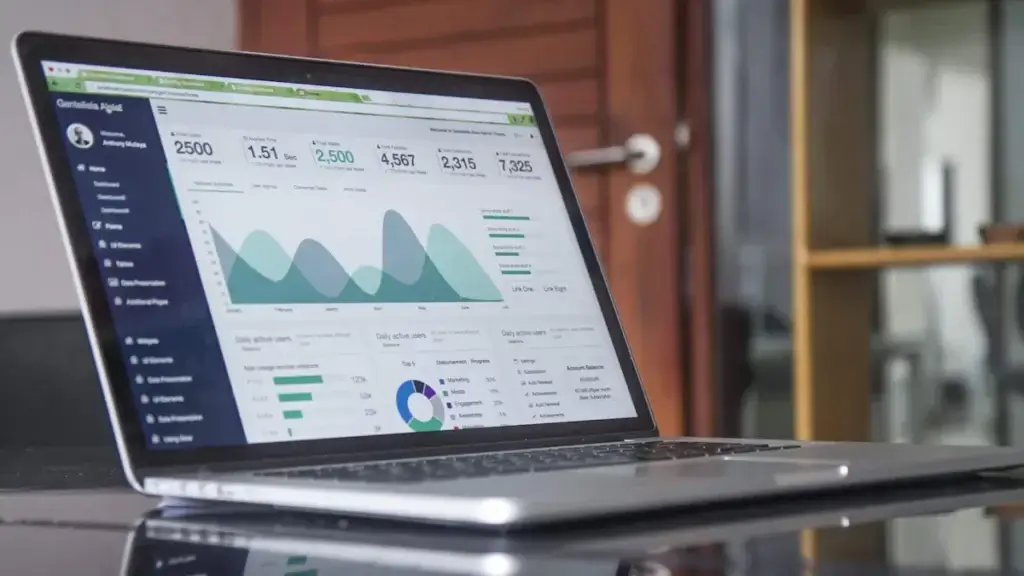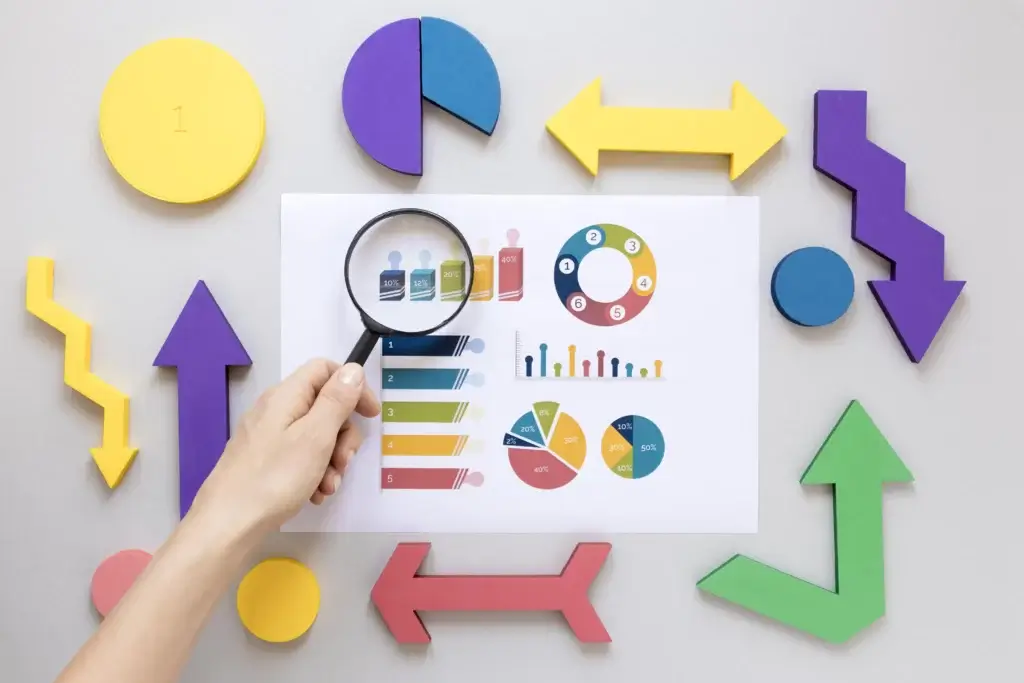Most professionals know that key performance indicators (KPIs) are important. However, when it comes to understanding what they mean, why they're important, and how to get the most out of them, it's a little murkier. In the next few minutes you will understand the precise meaning and why you should use them .
As a bonus, you will also know the different types of key performance indicators (KPIs) . You can then think about how you can use them in your business. Indeed, you can create and apply KPIs to any strategy. You'll discover a tool that can help you achieve your goals , even if your team grows or changes strategy.
What is a KPI?
The acronym KPI means " Key Performance Indicator " . This is a measure which makes it possible to assess the performance of projects, individuals, departments or businesses according to strategic goals and objectives . The KPIs allow you to see if they progress and therefore if the company is on the right track .
For example, if you work in social media, you can establish performance indicators for retweets or the number of followers won per week. In this case, these measures are crucial for your teams, because they determine whether they reach their objectives or not.
Magileads omnichannel prospecting platform , you will be entitled to KPIs and reporting on your customers at any time. You can easily analyze the performance of your campaigns and adjust your acquisition-client strategy.
Why should you use KPIs?
To empower employees
KPIs are useful because they empower employees by tracking their progress and that of their team . For example, making the number of monthly sales per person a KPI, a sales team can easily understand each person's contribution to the department's success based on whether or not they met their goals.
Allow managers to adapt
Once managers have KPIs in place, it is easier to adjust the strategy if the team or individuals are not meeting their goals. This isn't necessarily about firing low performers, but rather providing training and guidance to those who are struggling.
Making sure everyone is on the same page
It is likely that individuals will understand success differently . For example, if a computer scientist and an accountant work together on a project, they will probably measure success in a different way. Key performance indicators ( ICP) set a common standard and objectives for all employees, which clarifies expectations and priorities from the start.
Evaluate the health of a business
KPIs help businesses objectively assess organizational performance. Financial metrics, for example, show profitability , while employee retention rates can indicate the strength of company culture .
What are the different types of key performance indicators?
There are different ways to classify KPIs: high level and low level, short term and long term . Before creating one for your business, you must first know the different categories.
Operational
These KPIs measure an organization's processes and efficiency These metrics indicate how things are going on a day-to-day basis. Naturally, they are often measured over a shorter period of time than other KPIs.
Strategic
Strategic KPIs focus on longer-term, larger-scale goals within an organization. A strategic metric might be something like revenue growth . When a CFO looks at this metric, they get an idea of how the company is performing.
Leading or lagging indicator
A delayed ICP measures past achievements , such as the annual sales of the previous year. An advanced indicator is a prediction of what will probably happen in the future, such as customer satisfaction . Many organizations take advantage of the use of a mixture of staggered and advanced key performance
Qualitative or quantitative
There are many key quantitative performance indicators . They can be easily measured and be assigned a number, such as the number of prospects from a platform . A qualitative indicator is less quantifiable, such as employee satisfaction .






